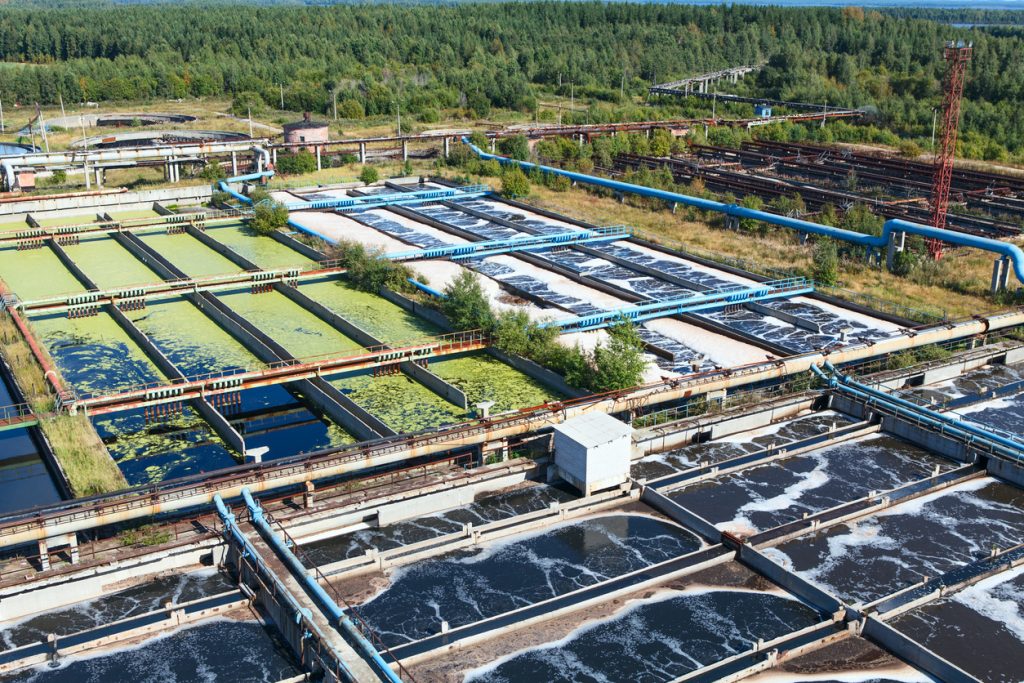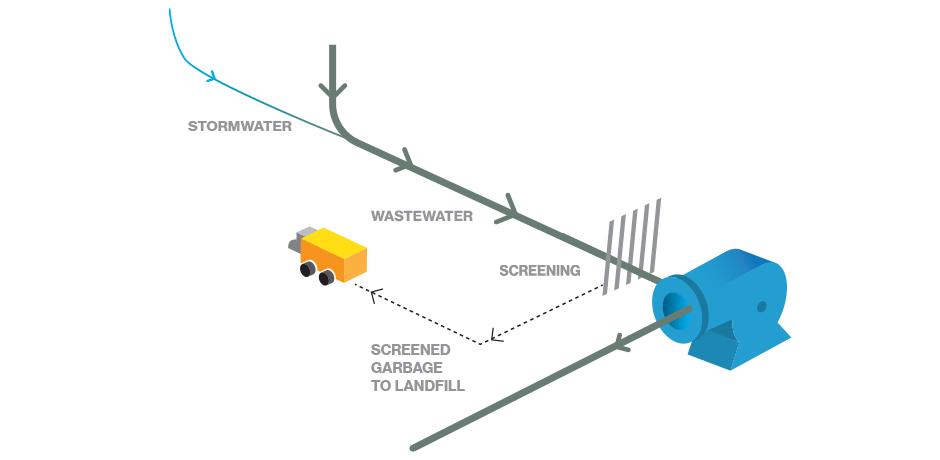Strategic Approaches to Boost Drainage Treatment Performance and Lessen Ecological Influence
In the realm of waste water treatment, the quest for enhanced efficiency and minimized environmental impact is a continuous obstacle that requires calculated services. The integration of advanced therapy modern technologies, energy-efficient processes, source recovery strategies, boosted nutrient removal techniques, and clever tracking and control systems represents a complex framework for resolving these pressing problems.
Advanced Therapy Technologies
Advanced membrane layer filtration systems have actually transformed sophisticated wastewater treatment procedures, significantly boosting the removal of impurities. These innovative systems function by forcing water with a semi-permeable membrane layer, efficiently separating contaminations from the water stream. The membrane layer's tiny pores catch pollutants such as germs, infections, and suspended solids, enabling just detoxified water to pass through. This innovation has actually confirmed to be highly effective in getting rid of a vast array of pollutants, consisting of drugs, hefty steels, and natural compounds, which are typically testing to remove through conventional therapy approaches.
Moreover, membrane purification systems supply many advantages over conventional therapy strategies. They call for much less space, produce higher-quality effluent, and are more resistant to fluctuations in influent water high quality. In addition, these systems are extremely versatile and can be easily incorporated into existing treatment plants or made use of as standalone systems for decentralized applications. As the demand for tidy water proceeds to rise, the fostering of sophisticated membrane purification innovations is crucial to make certain lasting and effective wastewater therapy methods.
Energy-Efficient Processes
The assimilation of energy-efficient processes in wastewater therapy systems is vital for optimizing source utilization and minimizing operational expenses. By implementing energy-efficient innovations, therapy plants can substantially decrease their carbon footprint and total environmental effect. One key technique to enhancing energy effectiveness in wastewater therapy is the application of advanced oygenation systems, such as great bubble diffusers or surface aerators, which can enhance oxygen transfer performance and decrease energy intake. Additionally, integrating power recuperation systems, like anaerobic digestion for biogas manufacturing or making use of excess warmth for thermal processes, can help counter energy requirements and promote sustainability.
Furthermore, optimizing process control and automation through the use of advanced sensors and checking systems can boost total power effectiveness by changing procedures in real-time based upon real need and problems. Implementing energy audits and frequently keeping an eye on power performance signs are vital methods to recognize areas for enhancement and track energy-saving initiatives efficiently. Overall, the adoption of energy-efficient procedures in wastewater treatment not only profits the setting yet additionally adds to long-lasting cost savings and functional sustainability.
Source Healing Techniques
With a concentrate on optimizing source usage and sustainability in wastewater treatment systems, the execution of source healing strategies becomes a critical aspect in boosting functional efficiency. Source healing strategies in wastewater therapy entail the recognition and extraction of useful sources from the waste stream, thereby transforming what was when taken into consideration waste into a valuable property. By executing source healing strategies such as nutrient removal and recuperation, energy generation from raw material, and the production of reusable water, wastewater therapy plants can minimize ecological impact while taking full advantage of performance.

Boosted Nutrient Removal Techniques
Carrying out sophisticated nutrient elimination strategies is essential for maximizing the efficiency of wastewater therapy systems. One of the vital methods utilized for enhanced nutrient elimination is the process of organic nutrient elimination (BNR), which entails the removal of nitrogen and phosphorus via biological processes.

Along with BNR, advanced therapy techniques such as membrane layer bioreactors (MBRs) and built marshes can likewise be visit this website used to boost nutrient removal effectiveness. MBRs make use of membrane layers to achieve high-grade effluent standards by successfully getting rid of nutrients and put on hold solids. Created wetlands mimic natural wetland processes to eliminate nutrients via plant uptake, microbial task, and sedimentation. By incorporating these advanced nutrient removal techniques into wastewater treatment sectors, towns and systems can properly reduce nutrient pollution and protect the environment.
Smart Monitoring and Control Equipment
Using innovative modern technology, the combination of smart surveillance and control systems reinvents the operational performance of wastewater treatment centers. These systems integrate sophisticated sensors and information analytics to continuously check crucial parameters such as pH degrees, turbidity, dissolved oxygen, and circulation rates in real-time. By accumulating and evaluating this information, operators can get valuable understandings into the efficiency of the treatment procedures, enabling aggressive changes to enhance therapy efficiency.
Smart surveillance and control systems also sustain remote monitoring abilities, allowing operators to accessibility real-time data and control functions from off-site areas. This remote ease of access boosts operational versatility and responsiveness, enabling speedy interventions in situation of system breakdowns or changes in influent quality. In addition, the anticipating maintenance capacities of these systems help avoid tools failings and minimize downtime, eventually boosting the total reliability of wastewater treatment procedures (Waste Water Treatment).
Verdict
To conclude, tactical techniques such as innovative therapy modern technologies, energy-efficient procedures, source recuperation strategies, enhanced nutrient removal techniques, next page and smart monitoring and control systems play a vital duty in boosting wastewater therapy performance and decreasing ecological influence. By carrying out these strategies, wastewater therapy plants can enhance their general performance, decrease energy consumption, recover beneficial sources, and make certain conformity with environmental policies. These methods are vital for lasting and effective wastewater monitoring techniques.

In verdict, tactical techniques such as advanced treatment modern technologies, energy-efficient processes, resource recuperation strategies, improved nutrient elimination techniques, and smart tracking and control systems play an important duty in enhancing wastewater treatment effectiveness and decreasing environmental effect.